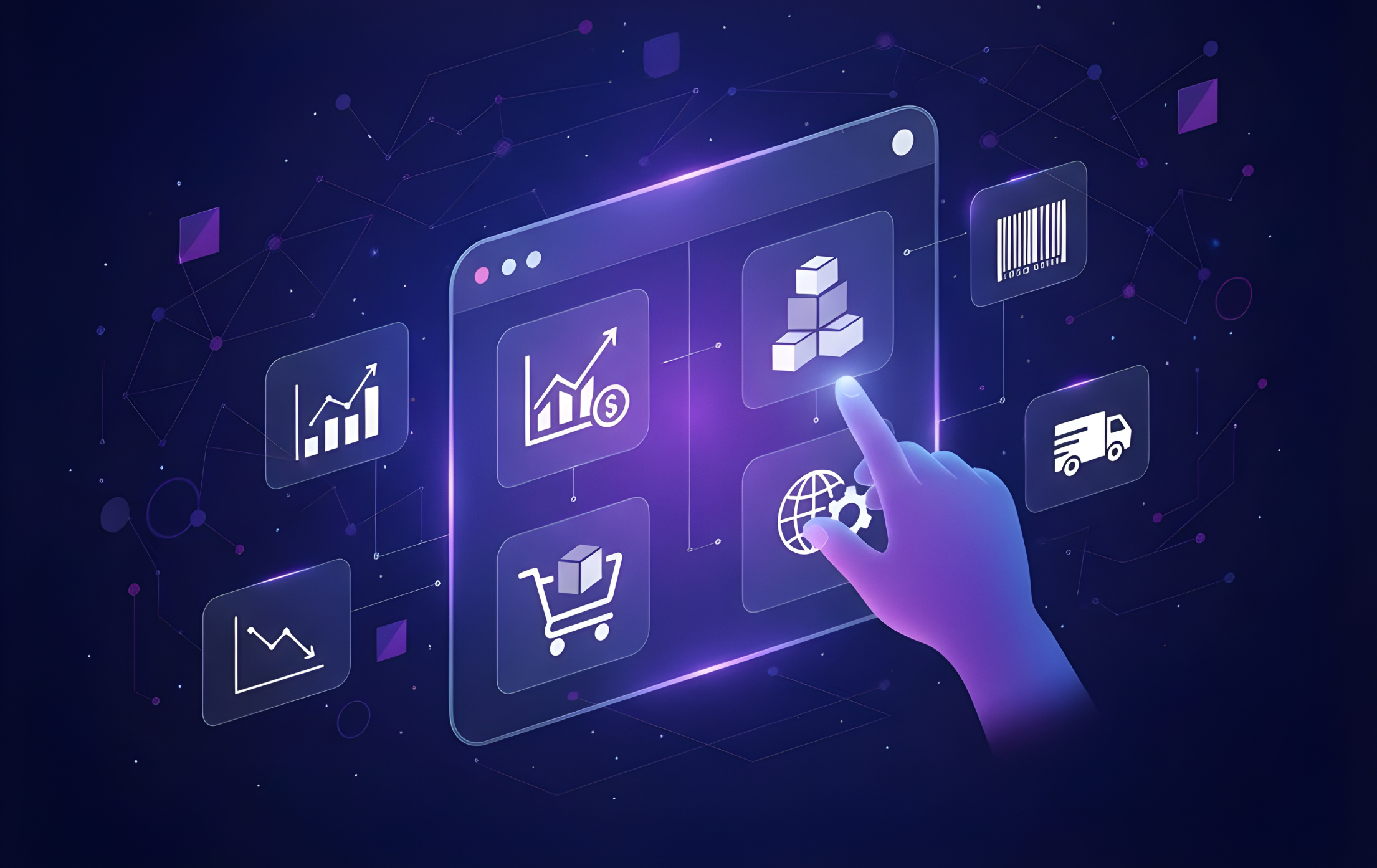Understanding e-commerce expense management
E-commerce expense management refers to the system and processes used to track, control, and optimise all spending within an online retail business. It ensures every rupee spent—on ads, inventory, delivery, or operations—is visible, approved, and aligned with business goals.
Effective e-commerce expense management helps businesses:
- Improve profit margins
- Scale sustainably
- Avoid cash flow issues
- Reduce unnecessary expenses
- Make data-driven decisions
Why e-commerce businesses struggle with expenses
E-commerce founders face unique and recurring challenges:
- Many expenses are variable (ads, delivery, returns)
- Spending happens across multiple platforms (Meta, Google, Amazon Ads)
- Inventory needs fluctuate based on demand
- Operational costs rise as order volume grows
Without structured systems, spending can quickly get out of control.
Key categories of expenses in e-commerce
Advertising and digital marketing spend
The biggest cost category for most D2C and marketplace brands.
Common expenses include:
- Meta Ads
- Google Ads
- Influencer marketing
- Affiliate marketing
- Marketplace ads (Amazon, Flipkart, Myntra)
Without real-time insights, brands often overspend without real returns.
Inventory procurement & storage expenses
Every SKU brings procurement, packaging, and storage costs.
Brands must track:
- Purchase orders
- Vendor invoices
- Packaging material expenses
- Warehouse stocking fees
Logistics, fulfillment & delivery costs
Delivery alone can consume 15–30% of total revenue.
This includes:
- Shipping fees
- RTO charges
- Packaging
- Cash-on-delivery fees
- Returns handling
- Storage fees
Platform, SaaS & operational tools
E-commerce businesses rely heavily on software, including:
- Marketplace seller tools
- CRM
- Inventory systems
- Order management software
- Automation plugins
- Analytics tools
Each adds a recurring monthly cost that must be tracked.
Challenges e-commerce brands face without automation
Unpredictable cash flow
Expenses fluctuate daily—making predictions difficult.
Overspending on ads
A sudden rise in CPC or poor targeting can drain budgets quickly.
Inventory leakage & reconciliation gaps
With multiple warehouses or 3PLs, reconciliation becomes slow and error-prone.
Essential features of strong e-commerce expense management solutions
Real-time ad spend tracking
Expense platforms can connect with:
- Meta Ads
- Google Ads
- Amazon Ads
Allowing founders to monitor:
- Daily spend
- ROAS trends
- Budget overruns
Automated purchase order & vendor payments
This ensures clean procurement cycles and proper budgeting.
SKU-level cost visibility
Cost per SKU helps forecast profit margins accurately.
Mobile-first expense capture
Field teams can upload receipts instantly when buying packaging, shipping materials, or supplies.
ERP & marketplace integrations
Integrations remove manual data entry and improve reconciliation.
Controlling ad spend: the backbone of e-commerce profitability
Advertising is often the single biggest cost for D2C and marketplace brands.
To prevent overspend, businesses need:
Connecting ad platforms for real-time spend monitoring
Syncing Facebook, Google, and marketplace ad accounts shows spend in real-time.
Detecting overspend & ROAS anomalies using AI
AI can help flag:
- Low-performing campaigns
- Cost spikes
- Budget overshoots
This helps adjust strategy quickly.
Managing inventory expenses with accuracy
Inventory can become the silent margin-killer if not monitored.
Automated purchase approvals
Every inventory purchase should follow:
- Budget checks
- Manager approval
- Vendor comparison
This stops unnecessary or inflated purchases.
Supplier invoice verification with OCR
OCR eliminates manual data entry by capturing:
- Vendor name
- Quantity
- SKU
- Rate
- Date
This improves accuracy and speeds up reconciliation.
Controlling operations & fulfillment costs
Delivery charges, packaging & returns management
Returns (RTO) can heavily impact e-commerce profitability.
Good expense systems track:
- Return-related expenses
- Packaging cost per order
- Courier panel expenses
Warehouse utilities, staffing & rent
Operational overheads are often underestimated.
Tracking them helps forecast monthly spend accurately.
Benefits of automated e-commerce expense management
60% reduction in manual work
Automation cuts down repetitive tasks like approvals, matching receipts, and updating spreadsheets.
Real-time visibility for founders & finance teams
Dashboards show:
- Top spending categories
- Daily ad burn rate
- Inventory cost trends
- Operations expenses
Better forecasting & profitability planning
Data-driven forecasting helps brands allocate ad budgets more effectively and stock inventory strategically.
Best practices to gain financial control from day one
Budgeting by category (ads, logistics, inventory)
Each major function should have a predefined budget.
Setting approval workflows
Multi-level approvals ensure compliance and prevent overspending.
Monthly audits & vendor performance reviews
Regular checks ensure accuracy and catch inefficiencies early.
Faqs about e-commerce expense management
1. What is e-commerce expense management?
It’s the process of tracking and controlling ad spend, inventory costs, logistics charges, and operational expenses.
2. Why is it important?
It improves profitability, reduces financial risk, and provides visibility over daily spending.
3. Can small D2C brands use these tools?
Yes—startups benefit the most because they need tighter financial discipline.
4. How do these tools help with ad spend?
They integrate with ad platforms to track budgets, ROAS, and CPM in real time.
5. Can it reduce operational expenses?
Yes—automation identifies unnecessary costs and improves efficiency.
6. Does it integrate with marketplaces like Amazon or Flipkart?
Many solutions integrate with marketplace data for better reconciliation.
Conclusion: streamline operations and scale with confidence
E-commerce brands operate in one of the fastest and most competitive industries. To succeed, they must control costs, optimise ad spend, streamline inventory operations, and maintain financial discipline from day one. With modern e-commerce expense management, companies gain real-time visibility, automate approvals, and strengthen profitability — enabling founders to focus on growth instead of chasing receipts.





